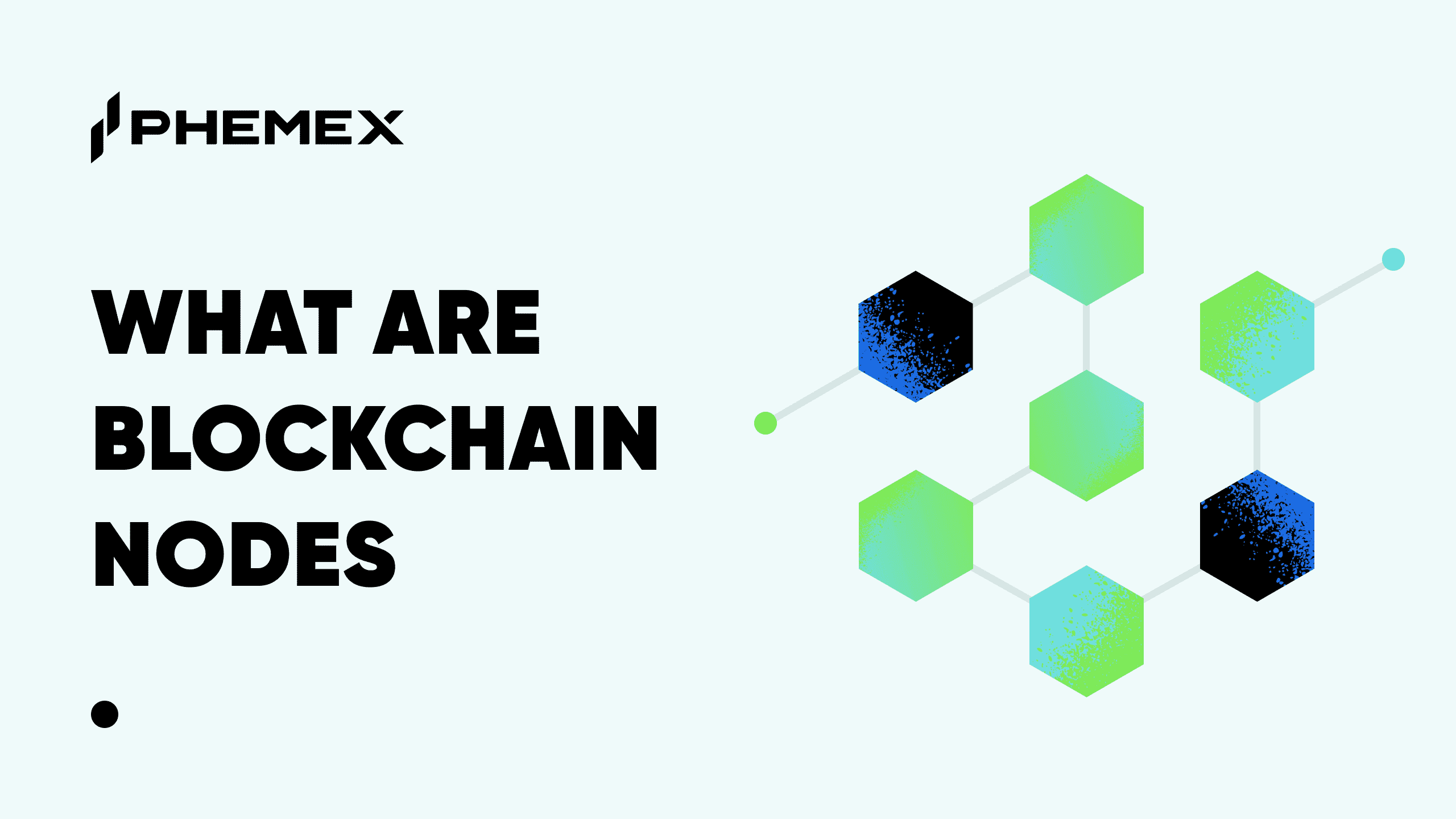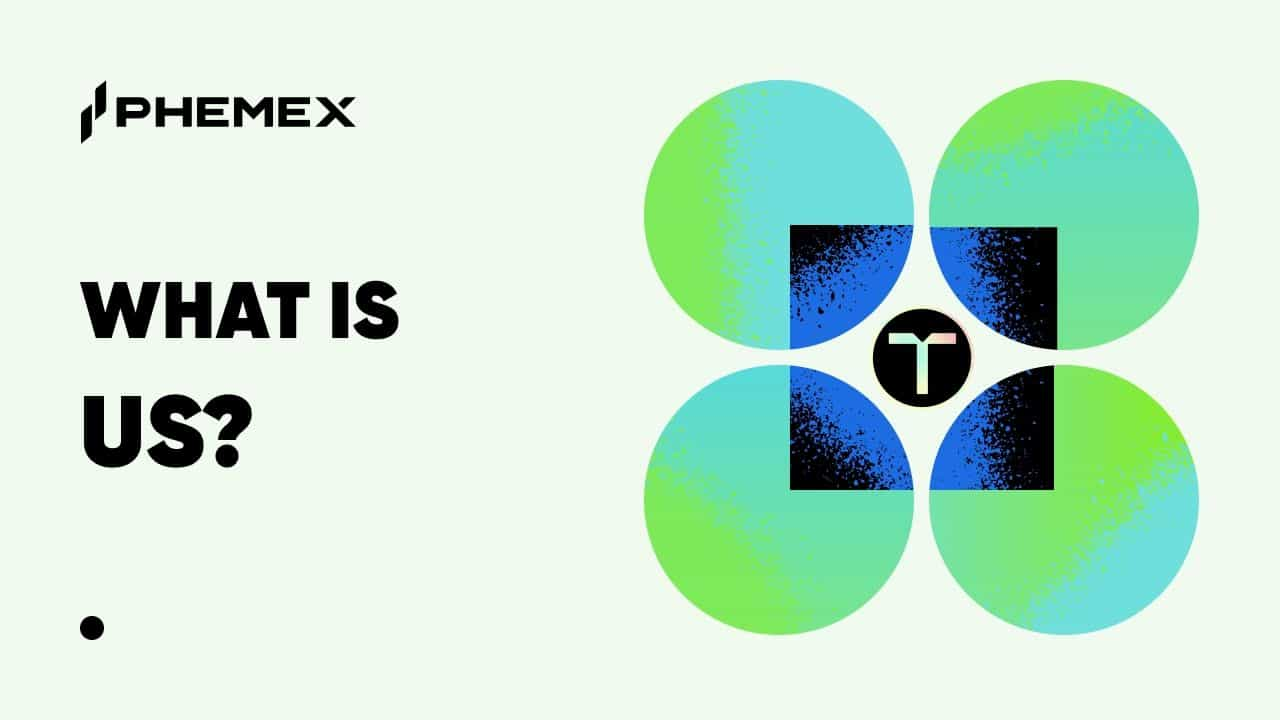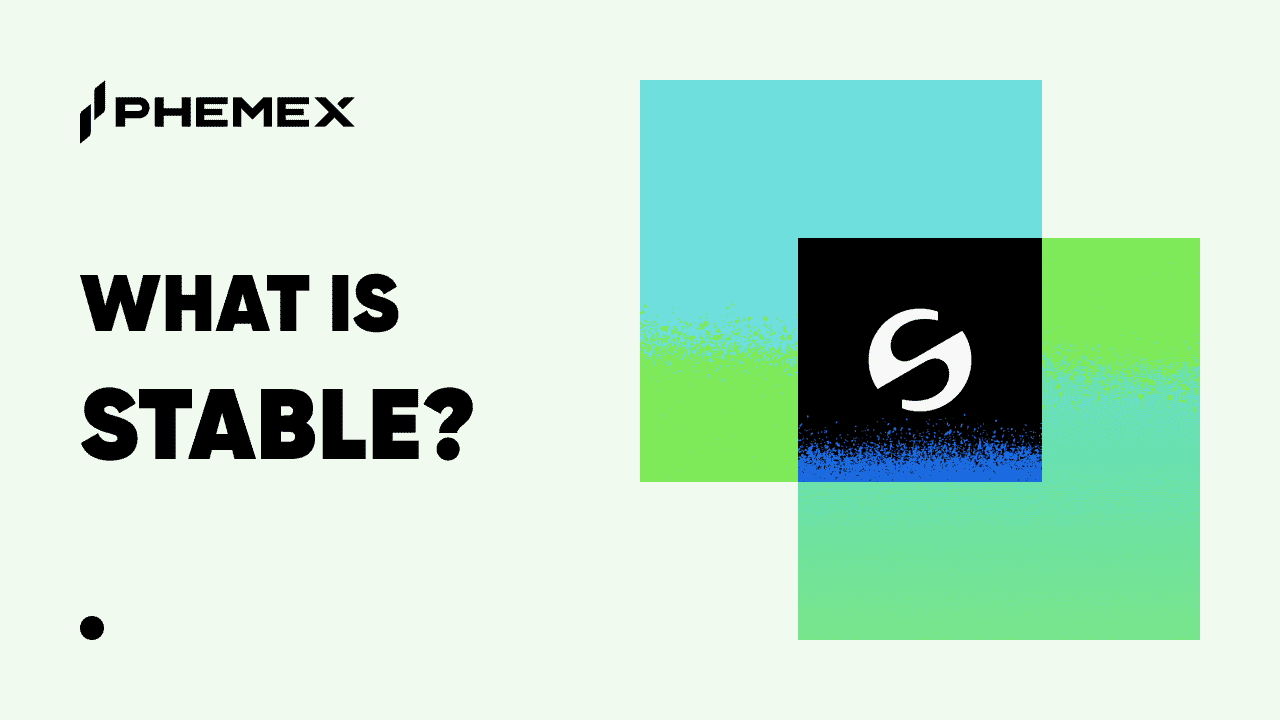Distributed databases are often associated with blockchain technology. However, they have existed as distributed ledger technology (DLT) before the arrival of the first blockchain network.
Blockchain itself is a form of DLT and is ever-growing in technological adoption.

What Is Distributed Ledger Technology (DLT)?
Distributed Ledger Technology (DLT) is a form of a database where records are stored and updated in a distributed fashion across multiple nodes on the network. These nodes are located on separate physical machines spread across different localities, organizations, or data centers.
Blockchain technology is one variety of DLT. All blockchains are DLT networks but not all DLT systems are blockchains.
The main characteristics of DLT are:
- Distributed storage of the database ledger across multiple sites/nodes
- Each network node has an identical copy of the overall ledger
- There is some consensus mechanism used to update the records in the distributed ledger
- The network has a peer-to-peer (P2P) structure without a centralized database source
What Is the Difference Between DLT and Blockchain?
Blockchains are DLT-based networks that have some important differences from the plain standard DLT. The main differences between DLT and blockchains are:
- Blockchains implement cryptography-based security to verify and store transaction data. While some DLT systems may implement some form of cryptography, this is not the case with all DLT platforms.
- Blockchains store transaction data in a chain of records linked to each other cryptographically. The standard DLT systems do not usually have this kind of chain-based structure.

- Blockchains, at least the prevalent public varieties, must achieve a network-wide consensus by all verifying nodes for transactions to be valid. On the standard DLT networks, the consensus mechanism may be much more limited or centrally controlled.
- Blockchains typically use some platform-wide tokens or coins to enable transactions, verify records, pay for transaction fees, reward transaction verifiers, and enable decentralized app (DApp) services. Such tokenization is not used on the standard DLT systems.
It could be argued that blockchain technology is a more advanced and improved form of DLT. Blockchain’s creator, Satoshi Nakamoto, took basic DLT principles and added important features, such as cryptography and an immutable chain of records, to come up with the concept of the first blockchain network – Bitcoin (BTC).
Later on, newer blockchains, such as Ethereum (ETH), Tron (TRX), and EOS (EOS), added support for smart contracts. Such a feature is not a part of standard DLT systems.
Many concepts that are typically part of blockchain technology are sometimes attributed to DLT in general. However, DLT is nothing more than a distributed database ledger. Concepts such as block mining, cryptography, or immutability of records have been rarely used in DLT systems before the arrival of blockchains.

Source: euromoney.com
What Are the Main Parts of DLT?
The three main parts of a DLT system are:
- The distributed ledger of records. This is the main database with an identicalcopy stored on each user’s computer.
- Network nodes. These are the users of the DLT system spread across a variety of sites.
- The consensus mechanism used to update records in the database. The consensus mechanism is not necessarily based on the decentralized platform-wide consensus used on blockchains such as Bitcoin or Ethereum. It could be as simple as a predetermined mechanism for transaction validation by one central entity.
DLT systems that are not blockchains are often used as alternatives to centralized databases. DLT systems lack many of blockchain’s advanced features but do have advantages over systems where data is stored centrally.
What Are the Advantages and Disadvantages of DLT?
Compared to centralized database systems, DLT systems have the following key advantages:
- They are much more failure-proof. If data on a centrally stored database is lost or becomes corrupt, the entire system is compromised. On DLT systems, if one or a few nodes lose data, there are always copies retained on other nodes.
- A centrally stored database is always vulnerable to data tampering, while DLT systems are much harder to manipulate in this way. In order to change data in an unauthorized way, a malicious actor would need to hack each copy of the distributed ledger, which is extraordinarily difficult on large enough DLT systems.
- They enjoy higher transparency levels. Even when a DLT system is controlled by one entity, the distributed nature of records encourages higher levels of transparency and obedience to the network rules. This is because the network nodes not in control of the consensus mechanism still have access to the ledger of all records.
However, DLT has a number of disadvantages compared to local database storage. The main ones are:
- Lower speed of transactions. Transactions on a centralized database are processed and entered into the ledger almost instantaneously on well-configured and powerful databases. On DLT networks, transactions have to be broadcast and updated on each copy/node. This carries a performance penalty and results in comparatively slower operational speeds.
- Lower scalability. Centralized database systems may be scaled very rapidly and effectively. Scaling up a complex DLT network is a much more difficult task.
- Higher complexity in programming and technical maintenance. DLT systems, due to their distributed nature, are more complex from programming and technical points of view.
- Lower applicability in the business world. Most businesses prefer to keep their data in a centrally-located fashion for privacy and control. This explains why DLT systems, including blockchains, have a lower use in the business world compared to centralized database systems.

Source: Centralized vs Distributed Ledger
What Are the Other Types of DLT Besides Blockchain?
While blockchain is the most well-known type of DLT, there are some other DLT-based systems in use. The most common ones are Directed Acyclic Graphs (DAG), Hashgraphs, and Holochain.
Directed Acyclic Graphs (DAGs)
Directed Acyclic Graphs are DLT networks where data blocks are linked together in a flowchart fashion rather than in sequential blocks as in blockchain. The image below demonstrates the key difference in data structure between DAG and blockchain networks.

The data structures of blockchain and DAG networks (Source: CBCAmerica.org)
In blockchain, each data block must be linked to one previous block. On DAG systems, each transaction must reference and confirm two previous transactions in order to be verified and entered into the ledger. As the number of transactions increases, this double verification leads to the development of a complex flowchart of transactions, as in the image above.
Hashgraphs
Hashgraph is a form of a DLT system where the priority of transactions is determined by an in-built voting mechanism. Nodes pass messages to each other about network events such as transactions.
As the information is spread among the nodes, the network identifies the more “popular” events, i.e. those broadcast by more nodes. These popular events attain a higher priority in the transaction sequence.
Hashgraph technology was invented primarily as a much faster alternative to the Proof of Work (PoW) blockchains. Hashgraph systems can attain speeds of many thousands of transactions per second.
Holochain
Holochain is a DLT network where each node runs its own chain. This is radically different from blockchain, where all network nodes run on a single large chain. Having a complex web of individual chains, holochain can be described as the most decentralized among all DLT types.
Transaction data that needs to be confirmed across all individual chains is validated through a consensus mechanism based on distributed hash table (DHT) technology. Under the DHT system, individual chains post their transaction data to a distributed table where each transaction is evaluated for authenticity, verified, and broadcast to all individual network chains for update.

Conclusion
DLT is a general network design concept that serves as an alternative to centralized databases. The principles of DLT were used in the design of blockchain technology, DAGs, hashgraphs, and holochain systems.
Compared to centralized database systems, DLT networks feature better protection against data loss or corruption, higher transparency, and a lower likelihood of data tampering. However, many companies still prefer the control, privacy and transaction efficiency that comes from using a central database. Nevertheless, DLT has the potential to address many of these factors as blockchains and other DLT systems develop.
In terms of privacy and control, private or permissioned blockchains already offer a viable solution.
In terms of transaction speed, some blockchains based on Proof of Stake (PoS) as well as DAGs, Hashgraphs, and Holochain are already capable of achieving many thousands of transactions per second. This efficiency may see DLT systems gain increasing adoption in the business world.
Read More
- What is Blockchain Technology: The Biggest Misconception About It
- What Are Decentralized Applications (dapps)?
- What Are the Blockchain Layers? Layer 3 vs. Layer 2 vs. Layer 1 Crypto
- What is Hedera Hashgraph: A Decentralized Distributed Ledger
- Blockchain Analytics: 11 Free Crypto Research Tools You Need
- What are Public, Private, and Permissioned Blockchains
- What Is A Decentralized Exchange (DEX) in Crypto?
- What is Sharding in Blockchain?









